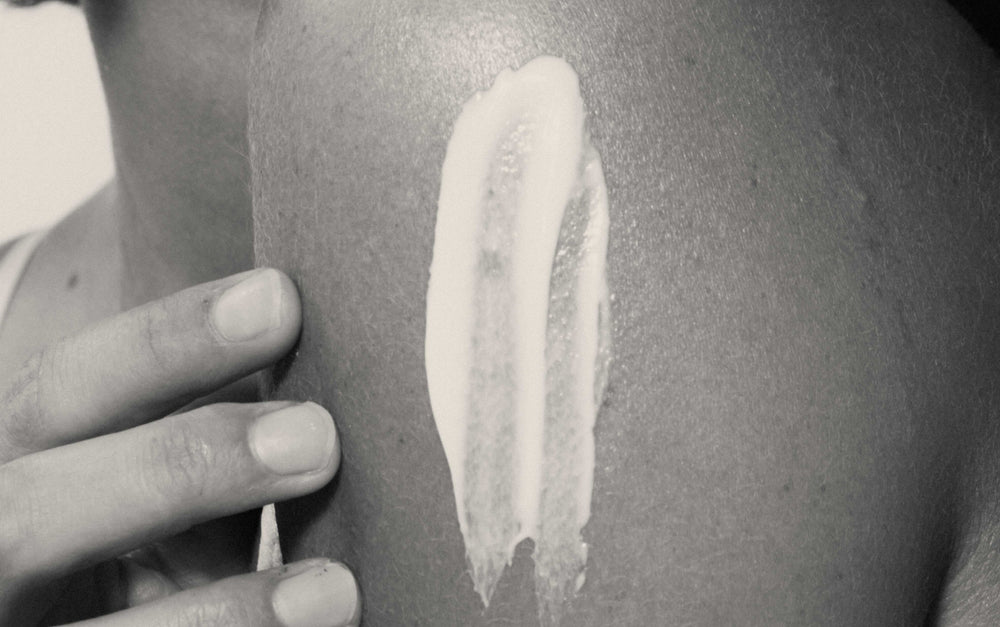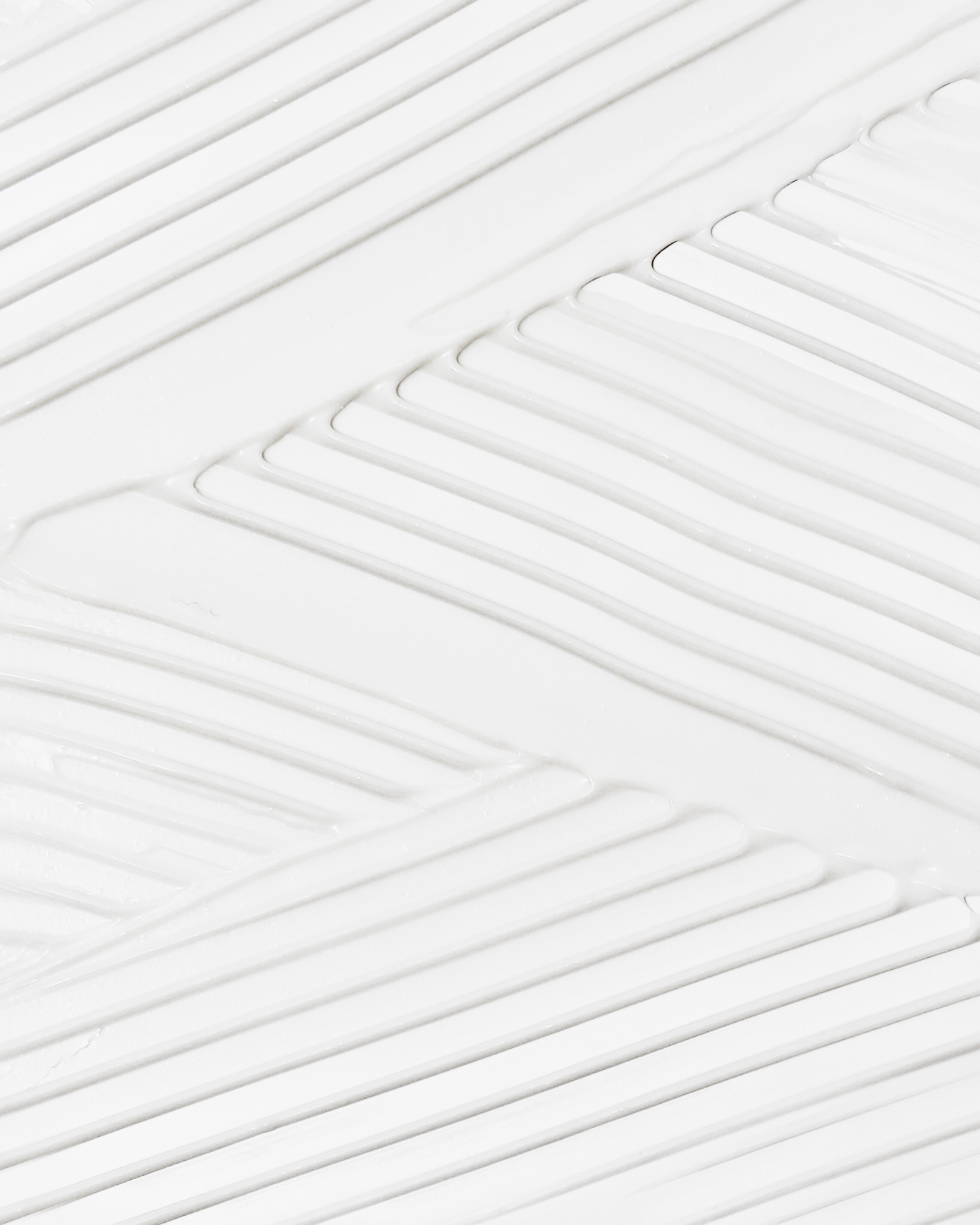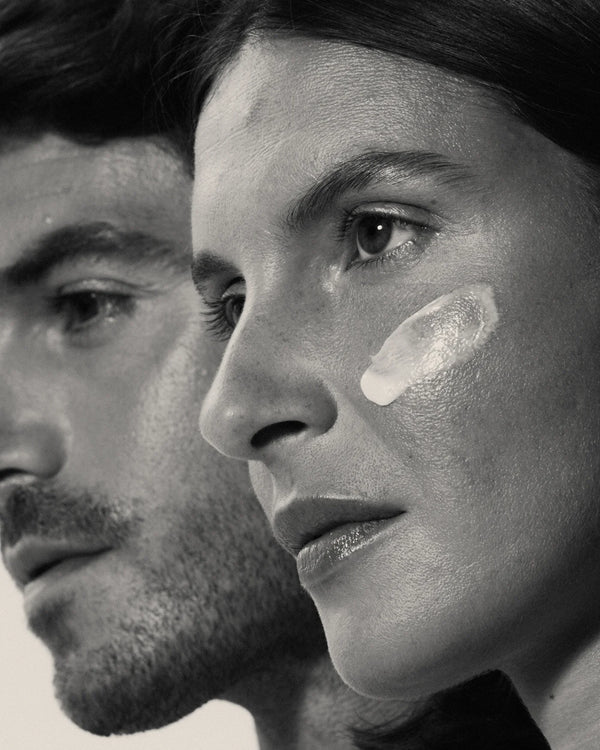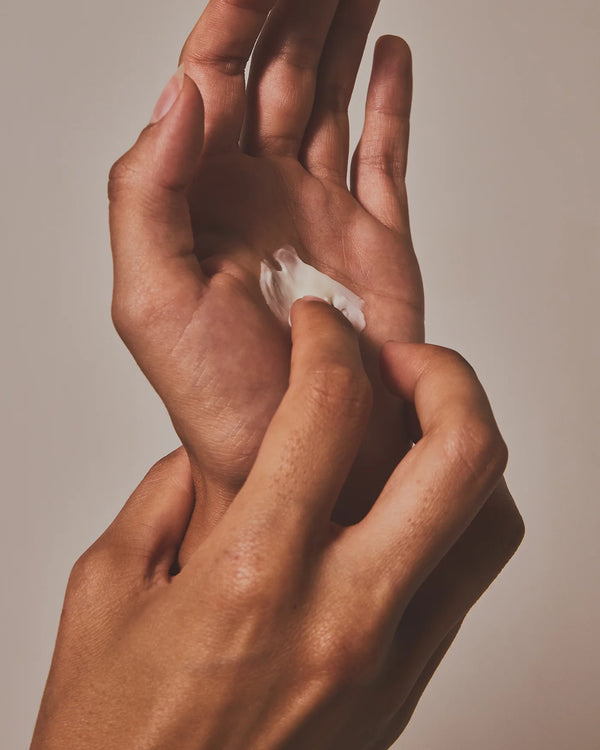🎁 Un Booster Pro-collagène Format voyage offert dès 90€ d'achat*!
-20%* on the “dry skin” range with 5 omegas. The 🎁 plus: a free mini flash glow mousse from 90€ of purchase!
-20%* on the “dry skin” range with 5 omegas. The 🎁 plus: a free mini flash glow mousse from 90€ of purchase!



A lot of candidates can pass an exam at 95%, but very few pass it at 100%. Finding the solution to solve the remaining 5% can sometimes be an insurmountable task.
It's exactly the same for a product that is 95% natural or 100% natural.
And we go even further, 99% natural is NOT AT ALL like 100% natural.
Stop teasing, let's get to the explanation. Behind these 1, 2, 3, 4, or 5% of "non-natural" ingredients, here's what is hidden:


Their role? To destroy bacteria to preserve the formula.
But in their fight, they also attack the good bacteria on your skin, that's a shame…
Some examples of preservatives that you won't find in a 100% natural face cream: Potassium sorbate/Sorbic acid, Dehydroacetic acid/Sodium dehydroacetate, Sodium benzoate/Benzoic acid, Benzyl alcohol (note that the latter is also a listed allergen, quite a performance!).


Their role? To thicken or stabilize formulas.
But in passing, they sometimes form an occlusive film on the surface of the skin. Suffocated skin, not great!
Some examples of polymers that you won't find in a 100% natural face cream: Carbomer, Acrylates/C10-30 Alkyl Acrylates crosspolymer, Ammonium Polyacryloyldimethyl Taurate Copolymer, Sodium Acrylate/Sodium Acryloyldimethyl Taurate Copolymer.


Their role? They can have multiple roles: preservatives, sunscreens, whitening agents, etc. They are the most insidious because they disrupt hormonal balance but their consequences are often only seen in the long term. The hormonal system is imbalanced.
Some examples of endocrine disruptors that you won't find in a 100% natural face cream: Triclosan, Salicylic acid, Benzophenone, Cyclomethicone.
So, we naturally invite you ;-) to carefully read the ingredient lists (INCI lists). Many apps will accompany you. Otherwise, visit one of the most well-known sites in the field: Que Choisir.
Your skin is 100% natural, your care should be too!
Une perfusion d'acide hyaluronique ! Action repulpante et effet fermeté testé.
Immediate hydration and comfort. Tip: leave it on overnight for baby-soft skin in the morning!
Beautiful skin is, above all,
healthy skin.
Creating another way of achieving beauty is a necessity. For 15 years, Novexpert has been committed to demanding cosmetics based on science and facts. They are researchers fascinated by science, passionate about skin and health.
And here is what we do.
Explain, transmit and learn: how the body works, how the skin works.
Formulate, without compromising: 100% healthy products, because they are 100% of natural origin, highly concentrated active ingredients.
Test, study, adjust, for treatments with clinically proven effectiveness.
Support, provide what is missing in a serum, a food supplement or a treatment: nutrition, sleep, daily advice and recommendations.
Create a new type of treatment to take care of your skin.

